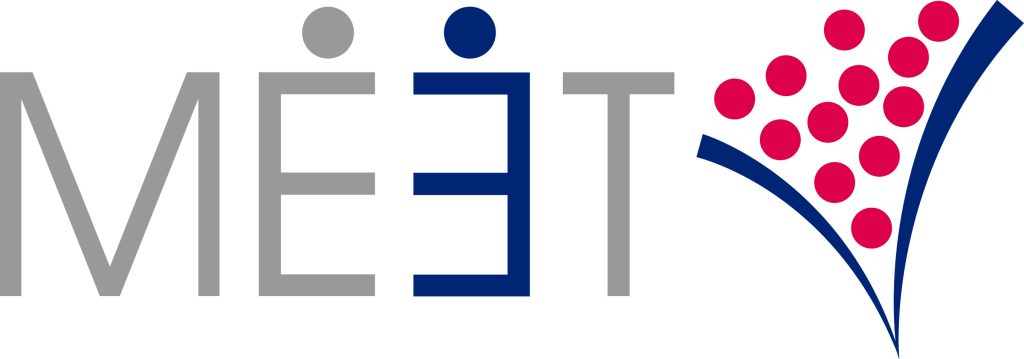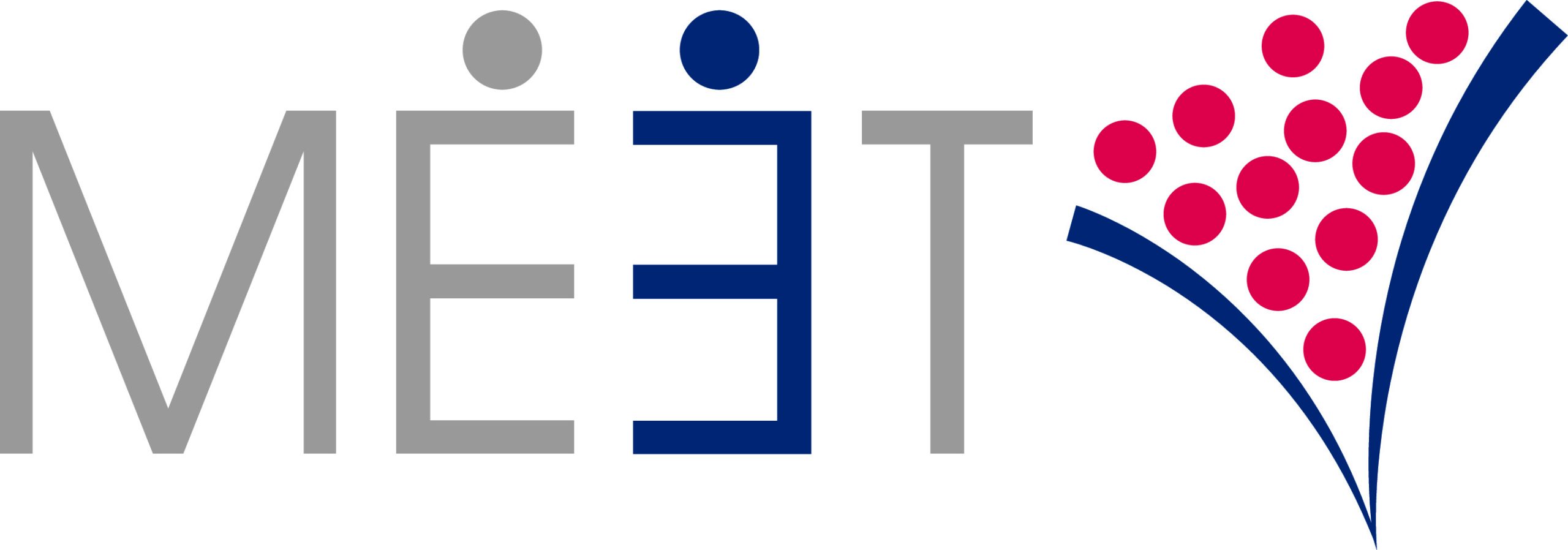If No One Is Doing It, How Can It Be Good?
In today’s crowded marketplace, standing out is crucial for success. With countless businesses vying for attention, differentiation becomes the key. Yet, many companies play it safe, sticking to conventional methods because they believe that if no one else is doing something, it must not be a good idea. This fear of stepping out of the norm can hinder creativity and limit the effectiveness of marketing strategies. But as Seth Godin famously outlines in his book The Purple Cow, “In a crowded marketplace, fitting in is failing.” The Fear of Being Different There is a sense of security in mimicking what others are doing. If competitors are running specific types of ads, it feels safer to follow suit. The thinking is: “If it’s working for them, it will work for us.” But this herd mentality can be dangerous because fitting in only ensures that you’ll be lost in the crowd. Seth Godin emphasizes this in The Purple Cow, saying, “Safe is risky.” When everyone is using the same marketing strategies, blending in means your brand becomes just another voice in the noise. Instead of standing out, you’re ignored. Godin argues that the only way to succeed in a saturated market is by being remarkable—like a purple cow in a field of ordinary cows. Why Being the First Mover Matters Throughout history, we see companies that broke free from the traditional approaches and reaped the rewards of being different. Apple didn’t simply make personal computers—it created a lifestyle brand around creativity and innovation. Tesla disrupted the auto industry by championing electric vehicles at a time when others weren’t. These brands thrived by doing what no one else was willing to do. Seth Godin argues that being remarkable is the only path to success: “The reason it’s so hard to be remarkable is that there’s no map. No one else has done it, so there’s nothing to copy.” The key is to understand that while being a pioneer comes with risks, it also comes with enormous rewards. First movers set trends, shape industries, and often become synonymous with innovation. How Do You Know It Will Work? A common hesitation among marketers is, “If no one else is doing it, how can we be sure it will succeed?” According to Godin, it’s precisely this fear of uncertainty that keeps companies stuck in mediocrity. Remarkable marketing doesn’t come with guarantees, but it offers an opportunity to break through the noise. Here are a few ways to determine if your standout marketing idea is worth pursuing: Authenticity Drives Remarkability Godin also stresses the importance of authenticity in creating a remarkable brand. Too often, businesses try to manufacture uniqueness, but customers can see through this. Authenticity allows a brand to genuinely connect with its audience, and this connection drives loyalty. As Godin writes, “Authenticity, for a brand, is more than just ‘keeping it real.’ It’s also about making a meaningful promise and keeping it.” When your marketing reflects your brand’s true identity, it doesn’t just stand out—it resonates. This authenticity, combined with a remarkable message, is what grabs attention and keeps customers coming back. The Risk of Playing It Safe Many companies believe that avoiding risks by following the same well-trodden path is the best way to ensure stability. However, in The Purple Cow, Godin warns that playing it safe can actually be the most dangerous move. “Playing it safe is the riskiest choice,” he writes because in a world that rewards innovation, sticking to the status quo leads to stagnation. By relying on conventional strategies, businesses limit their ability to grow and innovate. Safe marketing simply maintains the status quo, while bold marketing disrupts the market and propels your brand forward. Embrace the Power of Difference The message of The Purple Cow is clear: if no one else is doing it, that’s exactly why you should consider it. Standout marketing isn’t about being different for the sake of it—it’s about creating something remarkable that captures attention and makes your brand unforgettable. As Seth Godin wisely notes, “Remarkable marketing is the art of building things worth noticing right into your product or service.” In today’s crowded marketplace, you need to be bold, authentic, and unafraid to lead rather than follow. If no one else is doing it, that might just be the best reason to try. Additional “Standing Out” Resources For more on this topic, we suggest reading Key Success Drivers for U.S. Sales Traction. About MEET helps international B2B & B2G companies gain traction and scale in the U.S. through trade shows, events, and strategic connections. Contact Bill Kenney for a no-obligation conversation: bill@meetroi.com or +1 (860) 573-4821.

